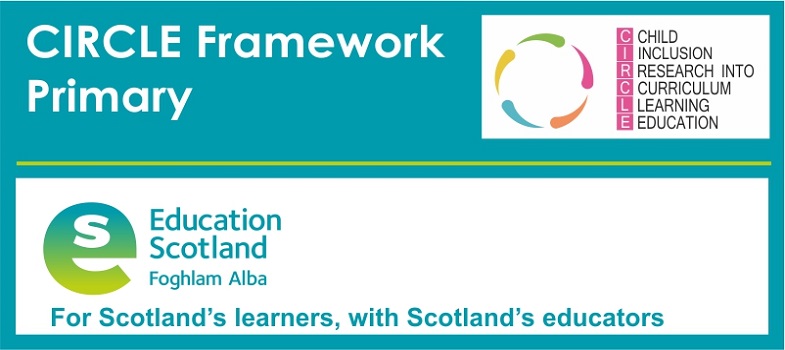5.2 Support and strategies
Section 5.1 highlights the skills used by learners as they progress within the school community. However, as learners engage in school, recreation and self-care, other factors also maintain, reinforce, shape and change actions, dispositions, behaviours and capabilities. A learner’s progress and participation can either be supported or inhibited by:
- the physical and social environment
- structures and routines
- motivation.
For this reason, the supports and strategies suggested for each of the six skill areas are divided into three columns; modifications to the learning environment; establishing structures and routines, and approaches to enhance motivation.
Please note:
- These strategies are not exhaustive but aim to help identify what you might consider doing to support learners’ individual needs. Further useful resources can be found in pages 41–71 of the original ‘CIRCLE Framework: Primary – Inclusive Learning and Collaborative Working- Ideas in Practice’ which is available as a PDF download in Section 7 of this module.
- Working within an inclusive classroom (Section 3) contains strategies that are central to good teaching practice. It is assumed that these are in place before any of the specific strategies within this section are added.
- A learner-centred approach to using strategies is essential: discuss with the learner according to developmental stage what works best for them.
- A reflective approach, which includes regular evaluation of the strategies used, is recommended as their relevance is likely to change over time depending on the needs and responses of the learner.
- It may be useful to draw on any experience you and/or your colleagues have of working with learners with similar needs. Consider which supports and strategies were effective and could be shared with others.
- Watch this film Crammond Skills Strategies – CIRCLE [Tip: hold Ctrl and click a link to open it in a new tab. (Hide tip)] in which a Primary seven teacher describes how she used some of the skills, supports and strategies section and the impact for individual learners (film duration 00:43 minutes).
Activity 13: Skills
Click on each skill area icon in the diagram below to read a description about the area, the key principles and strategies for improvement.
Please note: Clicking on each icon opens the information in a new window. Use the tabs at the top of your browser window to navigate back to this course page.
Here are the 6 Skills areas with supports and strategies in PDF files. Separate Word files of planning pages for each skill area are also available for you to download and complete:
Attention and concentration skills, supports and strategies
Dexterity and manipulation skills, supports and strategies
Organisational skills, supports and strategies
Posture and mobility skills, supports and strategies
Social and emotional and relationships skills, supports and strategies
Verbal and non-verbal skills, supports and strategies
Word file of support and planning sheets
5.1 Skills
